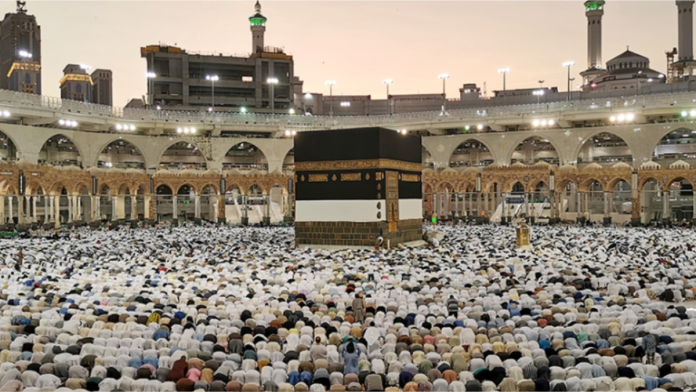Dates and Significance
This year, based on moon sighting, Hajj will start on June 14, and Eid al-Adha will be celebrated on June 16. Hajj, one of the largest annual Muslim gatherings, takes place in Mecca from the 8th to the 10th of Dhul-Hijjah, the final month of the Islamic calendar. This pilgrimage is a once-in-a-lifetime obligation for all able-bodied Muslims who can afford it, aiming to cleanse them of sin and bring them closer to God.
Hajj Schedule
Hajj begins 10 to 12 days earlier each year. The infographic below shows the expected dates for Hajj over the next 31 years.
Eid al-Adha
Eid al-Adha, the festival of sacrifice, is celebrated on the 10th of Dhul-Hijjah, coinciding with the third day of Hajj. This year, it falls on June 16 and lasts for three days. It is the second major Muslim festival after Eid al-Fitr, which marks the end of Ramadan, the month of fasting.
On the first day of Eid al-Adha, Muslims who can afford to sacrifice an animal and distribute a portion of its meat to those less fortunate. This act commemorates the Prophet Ibrahim’s willingness to sacrifice his son Ismail as an act of obedience to God.
Performing Hajj
Muslim pilgrims from around the world arrive in Mecca in a purified state of ihram, setting their intention to perform Hajj. Ihram symbolizes humility and spiritual focus, uniting pilgrims from different backgrounds. Men wear seamless white cloth, with one piece wrapped around the waist and another draped over the left shoulder, keeping the right shoulder bare. Women wear plain clothing of their choice, observing hijab rules without covering their faces.
Hajj re-enacts the Prophet Muhammad’s farewell pilgrimage in 632 AD, tracing the footsteps of the prophets Abraham and Ismail through the desert.
Pilgrim Demographics
In 2023, approximately 1.85 million Muslims performed the annual pilgrimage. Nearly 90 percent (1.66 million) were international pilgrims, with the remaining 184,000 living in Saudi Arabia. Asian countries contributed 1.05 million pilgrims (57 percent of the total), followed by Arab countries (346,000) and African countries (222,000). The gender distribution was 969,694 males (52.6 percent) and 875,351 females (47.4 percent).
Virtual Hajj Experience
For millions unable to make the pilgrimage this year, a digital experience offers a glimpse of worship at Islam’s holiest site. Al Jazeera produced a 360-degree VR experience that takes viewers on a tour of the major landmarks visited during Hajj. By moving your phone or dragging the video, you can see Mecca from all angles.
















